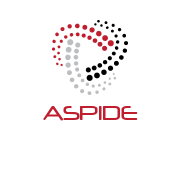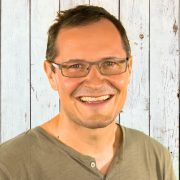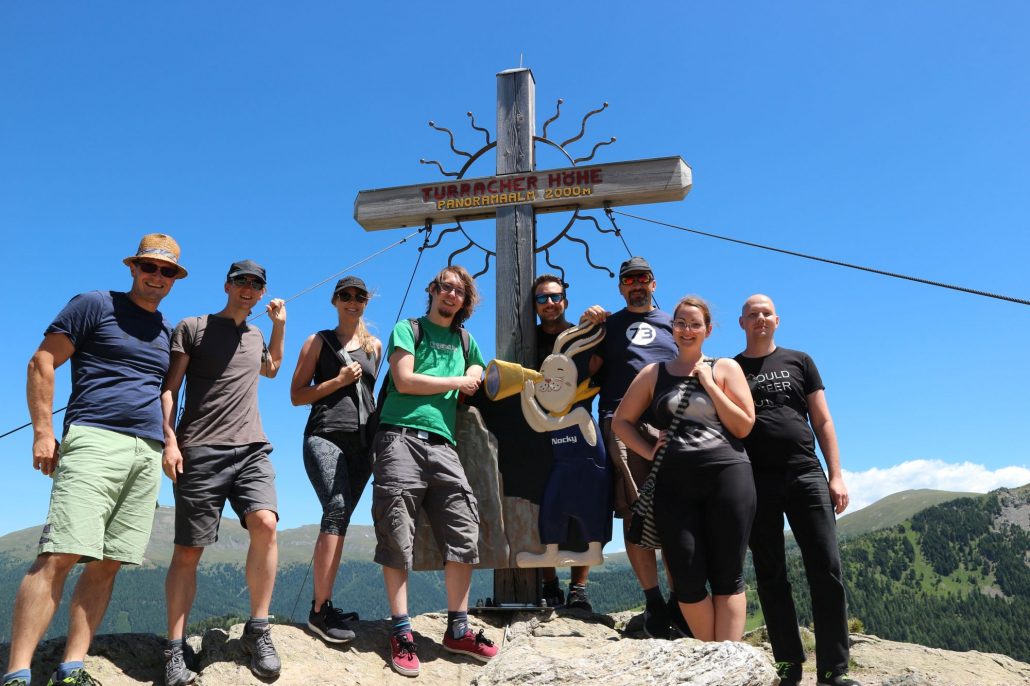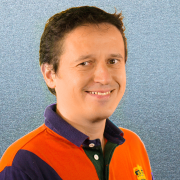The paper “Dynamic Multi-Objective Virtual Machine Placement in Cloud Data Centers” has been accepted for publication at the Euromicro Conference on Software Engineering and Advanced Applications, SEAA 2019 to be held at Chalkidiki, Greece (August 28-30, 2019).
Author: Radu Prodan
Abstract: Minimizing the resource wastage reduces the energy cost of operating a data center, but may also lead to a considerably high resource overcommitment affecting the Quality of Service (QoS) of the running applications. Determining the effective tradeoff between resource wastage and overcommitment is a challenging task in virtualized Cloud data centers and depends on how Virtual Machines (VMs) are allocated to physical resources. In this paper, we propose a multi-objective framework for dynamic placement of VMs exploiting live-migration mechanisms which simultaneously optimize the resource wastage, overcommitment ratio and migration cost. The optimization algorithm is based on a novel evolutionary meta-heuristic using an island population model underneath. We implemented and validated our method based on an enhanced version of a well-known simulator.
The results demonstrate that our approach outperforms other related approaches by reducing up to 57% migrations energy consumption while achieving different energy and QoS goals.






 The second Game Studies and Engineering and Game Jam retreat took place on June 27-29 at Marktlalm on Turracher Höhe. The curriculum committee, game jam volunteers and organizers of the GamePics jam and show came together to discuss ongoing and future activities of the AAU in the context of games.
The second Game Studies and Engineering and Game Jam retreat took place on June 27-29 at Marktlalm on Turracher Höhe. The curriculum committee, game jam volunteers and organizers of the GamePics jam and show came together to discuss ongoing and future activities of the AAU in the context of games.